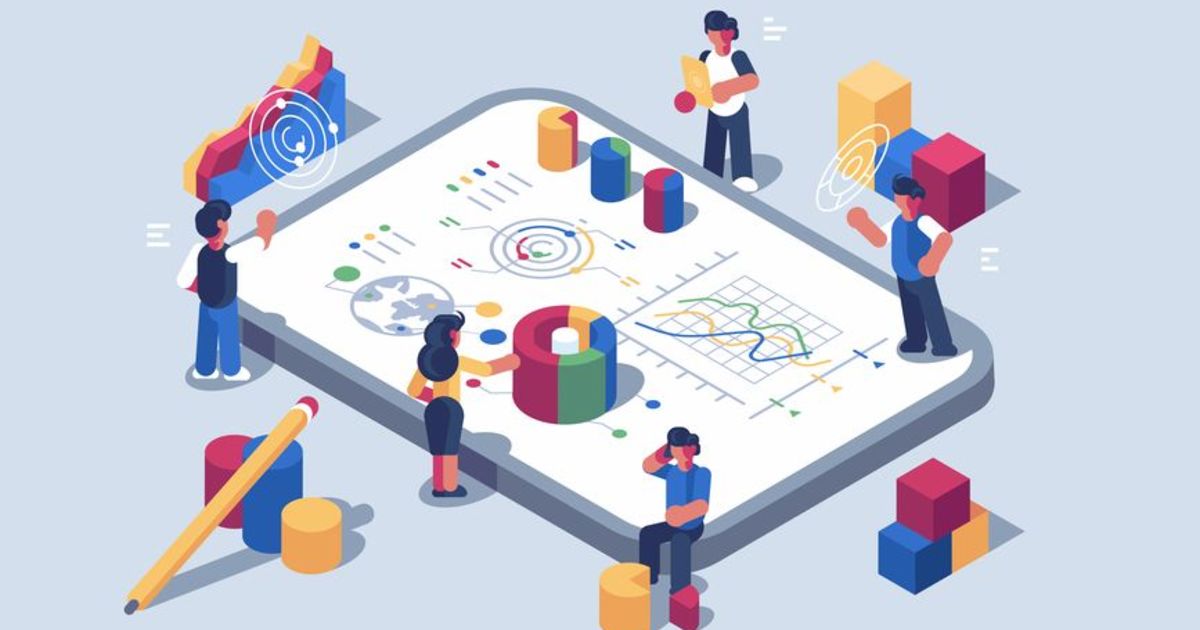Boost Effectiveness and Success Via Data Analytics
In today's data-driven landscape, services are significantly acknowledging the essential duty of information analytics in boosting functional effectiveness and success. By systematically evaluating data, organizations can uncover crucial insights that notify calculated choices, improve processes, and tailor consumer experiences.
Understanding Information Analytics
In today's data-driven landscape, comprehending information analytics is essential for organizations aiming to improve functional efficiency and drive profitability. Data analytics includes the systematic computational analysis of information sets to reveal patterns, connections, and understandings that notify decision-making. By employing different strategies, such as statistical analysis, artificial intelligence, and anticipating modeling, organizations can transform raw data right into workable intelligence.
The process commonly begins with information collection, where pertinent information is gathered from numerous sources, including transactional data sources, customer communications, and market fads. This data is then cleansed and arranged to guarantee accuracy and uniformity. When the information is prepared, analytical devices and software are made use of to check out and imagine the info, allowing stakeholders to identify anomalies and trends.
Inevitably, understanding data analytics encourages organizations to make educated decisions based on empirical proof rather than instinct. It helps with targeted approaches that can optimize resource allocation, improve client complete satisfaction, and improve general performance. As companies progressively recognize the worth of data-driven insights, a solid grasp of data analytics comes to be an important expertise for groups and leaders alike, positioning them for continual success in a competitive environment.

Trick Advantages for Services
Organizations that take advantage of data analytics can open a wide range of advantages that considerably boost their operations and success. One of the primary benefits is enhanced decision-making. Data analytics provides workable insights acquired from real-time information, enabling services to make informed selections that line up with market needs and customer preferences.

In addition, data analytics cultivates improved client experiences. By recognizing customer behaviors and choices, organizations can tailor their offerings, causing increased complete satisfaction and commitment. This tailored approach frequently results in greater conversion prices and repeat service.
Furthermore, data analytics enables services to identify emerging patterns and opportunities. By remaining ahead of the contour, companies can take advantage of new markets and innovations before their rivals.
Applying Data-Driven Techniques
Effective application of data-driven techniques needs an extensive understanding of both organizational objectives and available data sources. Organizations should initially specify their objectives plainly, making certain alignment between information campaigns and tactical objectives. This quality allows teams to concentrate on relevant metrics and understandings that drive decision-making.
Following, organizations must examine their existing information framework. This entails evaluating data high quality, availability, and assimilation capacities. Premium data is essential for precise evaluation, as poor information can result in misguided strategies and squandered sources. Organizations needs to develop procedures for data collection, cleansing, and management to preserve information stability.
In addition, fostering a data-driven culture is critical. Workers in all degrees ought to be encouraged to utilize data in their everyday procedures. Training programs and workshops can enhance information literacy, equipping staff to make informed choices based upon logical understandings.
Devices and Technologies Review
A Analytics durable collection of modern technologies and devices is crucial for companies intending to harness the full possibility of information analytics. These tools help with the collection, handling, and visualization of data, allowing businesses to obtain workable understandings.
At the fundamental level, data monitoring systems such as SQL data sources and NoSQL systems provide efficient data storage space and retrieval capabilities. For data processing and evaluation, shows languages like Python and R, along with frameworks such as Apache Glow, enable intricate computations and artificial intelligence applications.
Visualization devices, including Tableau and Power BI, change raw data right into user-friendly visual styles, making insights obtainable to stakeholders in any way degrees. Additionally, cloud-based visit here systems like Google Cloud and AWS supply scalable storage space and handling remedies, suiting the expanding volumes of information companies run into.
For advanced analytics, anticipating modeling and AI-driven services are progressively adopted, allowing companies to anticipate trends and enhance decision-making procedures. Incorporating these devices right into existing process is critical; organizations that effectively take advantage of this innovation can substantially improve functional performance and drive earnings. Therefore, purchasing the right tools and modern technologies is a strategic important for any kind of data-driven company.
Situation Studies of Success
Leveraging information analytics has actually led many organizations to attain exceptional renovations in efficiency and productivity. One remarkable case is a large retail chain that applied anticipating analytics to optimize stock monitoring. By evaluating historic sales information and consumer fads, the firm minimized excess inventory by 30%, leading to significant expense savings and enhanced cash circulation.
One more instance can be located in the manufacturing field, where a leading automobile maker made use of data analytics to enhance its manufacturing processes. By monitoring machine performance in real-time, the organization determined bottlenecks and ineffectiveness, causing a 20% increase in total devices effectiveness (OEE) This not just increased production rates however also minimized downtime and maintenance Get More Information prices.

These study illustrate how data analytics can drive calculated decision-making, optimize procedures, and eventually boost both effectiveness and earnings throughout different fields.
Conclusion
In final thought, the integration of data analytics into company procedures offers considerable chances for boosting effectiveness and earnings. By systematically assessing information, companies can identify inadequacies, maximize customer experiences, and make notified decisions.
In today's data-driven landscape, recognizing data analytics is important for companies intending to boost functional performance and drive success. Information analytics entails the methodical computational analysis of information sets to reveal patterns, correlations, and insights that notify decision-making. Data analytics gives workable understandings obtained from real-time information, permitting organizations to make educated selections that align with market demands and consumer choices.
Top notch data is vital for accurate evaluation, as poor information can lead to misguided methods and thrown away resources. Organizations has to develop procedures for data collection, cleansing, and management to maintain information integrity.